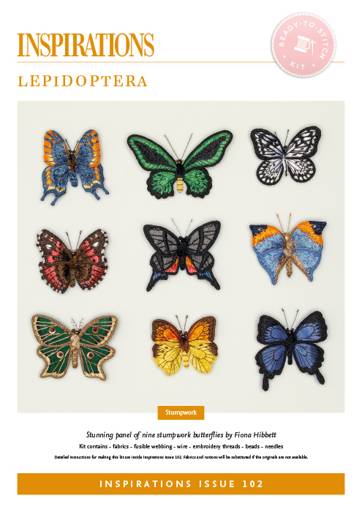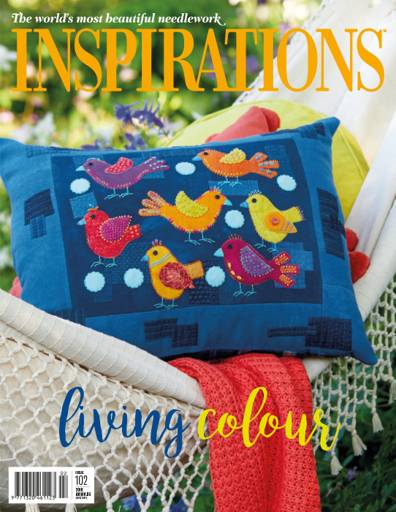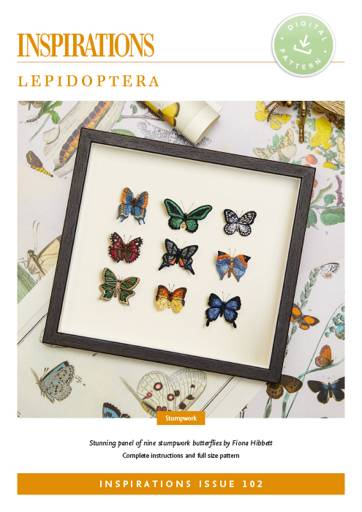Lepidoptera by Fiona Hibbett
24TH MAY 2019 - ASU #187
It was in Victorian times that the mania for collecting butterflies began in earnest. A new interest in the natural world was permeating through society as leisure time became more available to the middle and lower classes. One of the greatest collectors of the time was Lord Walter Rothschild who, in 1894, decided to focus his interest in the natural world on Lepidoptera (LEP-i-DOP-tər-ə), a group of insects that includes butterflies and moths.
 Photo by Mike Annese
Photo by Mike Annese
At its height, Rothschild’s collections contained some two and a quarter million species of butterfly, most gathered for him by professional field collectors who travelled the world to search for new specimens. This amazing collection now resides in the British Museum of Natural History and although not available for the general public to view, it is perfectly preserved and contains hundreds of species which are now sadly extinct.

But butterfly collecting wasn’t just for professionals. During the period up to the 1960’s, butterfly collecting was undertaken by many, from children on their summer holidays through to Winston Churchill and Neville Chamberlain. It was not uncommon to see groups of people combing through fields with butterfly nets and packs, hunting for that rare species or missing specimen for their collection.

Nowadays, we are far more aware of conservation and the impact that our actions have on the environment. And sadly, there are far, far fewer butterflies around, victims as they are of intensive farming, habitat destruction and urban development. As such, rather than killing and collecting, butterfly lovers are recording, counting, or even building their own mini-habitats in their back gardens to encourage the butterflies to return.

The project Lepidoptera by Fiona Hibbett from Inspirations issue #102 is a beautiful piece of stumpwork that harks back to the glory days of butterfly collecting while eschewing any of the destruction that such a hobby once caused. The nine stitched specimens represent just a fraction of the hundreds and thousands of butterfly species that exist today.

Fiona has recreated the magical shimmer seen on real butterfly wings by using rayon thread, metallics, beads and sequins. And she has laid the butterflies out just as they do in the museums, with the wings splayed symmetrically and the colours shown to perfection.

For those new to stumpwork, the important thing to remember is to keep your stitches small, especially the blanket stitch surround that encases the wire and acts as the foundation for each wing. Working with both rayon and metallic thread can be tricky because both types of thread often seem to have a mind of their own. Keeping your lengths short can help, but it is worth persevering just to achieve the finish.

While catching these delicate creatures, killing them and pinning them to a board is no longer an accepted practice, we must be grateful to those who came before us, as it is only through them that we can still see some of the extinct beauties which once fluttered in our skies. Today, our most effective way of recording and understanding Lepidoptera is through conservation.

To stitch a butterfly using Fiona’s detailed guidelines seems to us the perfect way of both preserving these creatures and acknowledging their majesty. Their lives are so transitory, we feel it is our duty to create some small semblance of permanence.
Make Your Own Lepidoptera

Lepidoptera by Fiona Hibbett is a stunning panel of nine stumpwork butterflies.
Step 2 – Purchase Ready-To-Stitch Kit
The Inspirations Ready-To-Stitch kit for Lepidoptera includes everything you need to re-create these superb butterflies: Fabrics (unprinted), fusible webbing, wire, beads, embroidery threads and needles.



